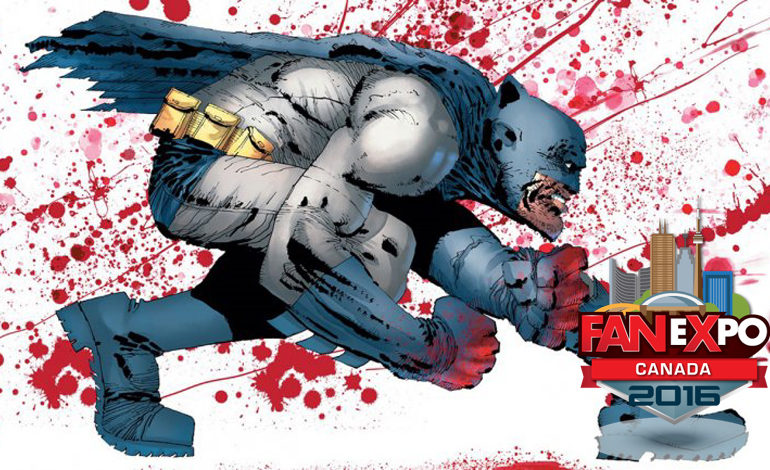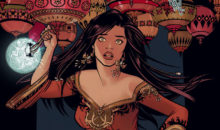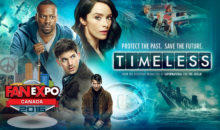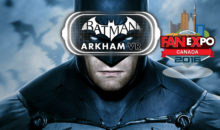‘I Never Disrespect My Readers’: Frank Miller on Dark Knight II & III Criticism
Frank Miller’s The Dark Knight Returns is considered by many to be one of the seminal Batman stories. Yet despite the acclaim surrounding the landmark book, or perhaps because of it, Miller has had a hard time satisfying fans with his Dark Knight sequel stories.
When The Dark Knight Strikes Again hit shelves fifteen years after the original story in 2001, its oddball writing and giant text-free splash pages had some fans wondering if Miller was making a statement on the comic book industry, or poking fun at entitled comic readers and their expectations. During a panel on Dark Knight III: The Master Race at Fan Expo Canada 2016, Miler explained why he took the sequels where they went and closed the book on any ideas of him intentionally upsetting fans.
In explaining the comparative absurdity of DKII, Miller insists, “no disrespect is meant. I never disrespect my readers. It was different because I didn’t want to simply repeat [Dark Knight Returns’] success with a coy replication of it. I didn’t want to have just a story where Batman does the same thing he did in the first one. The idea I got as I was putting together DKII is ‘let’s open it up, let’s play with DC’s toys. This world, this universe, and have a new take on these characters.”
To Miller, the Dark Knight books all possess the theme of reintroduction. In the first book, that meant reintroducing Batman to a new world that lived on without him. With DKII he tried to “introduce the idea of being a superhero becoming a fad, and so there would be a whole ton of new ones. And yeah I use a lot of comedy to do it, because when you start introducing that many characters they start getting pretty funny.”
“And I felt – this is very important to me – the first Dark Knight had clearly had an impact on comics. For both good and for very very bad. And one of the bad ways was along came this trend that was nicknamed at the time ‘grim and gritty’ for some reason, where everything had to be bleak, depressing, and violent. To the point of absurdity. Where these perfectly joyful characters were having bad marriages – who the hell cares about a superhero’s marriage? I want to see the guy fly!”
Ironically, the granddaddy of gritty’s major ambition in writing DKII in the early 2000s was to break from tradition yet again, only this time by bringing back some joy and silliness to these superhero tales. “You’ve got to be true to the material itself, and the essential joy that it’s supposed to bring to us.”
2015’s DKIII: The Master Race more closely resembles the original book in visual and writing style, but it still brings with it its own set of reinventions. The story, according to Miller, is at its core a tale of two fathers, Batman and Superman, and two daughters, Carrie Kelley and and Lara, respectively.
Joining Frank Miller on The Master Race panel was co-writer Brian Azzarello, who added to Miller’s sentiment about never aiming to disrespect their audience. “There’s a lot of you who think we don’t like these characters, and we joke about cutting off Green Lantern’s hand – which is the greatest thing I’ve ever done in a comic – but the truth is we really love them.” Azzarello, who most recently was under fire for his portrayal of Batgirl in the animated version of The Killing Joke, believes, “you take them through the ringer so they come out stronger.”
Ultimately, Frank Miller believes that comics are meant to inspire and entertain, not offend or cause debate. “And In the Dark Knight stuff what I try to do is repeat that central lesson of make everybody feel the magic again.”







